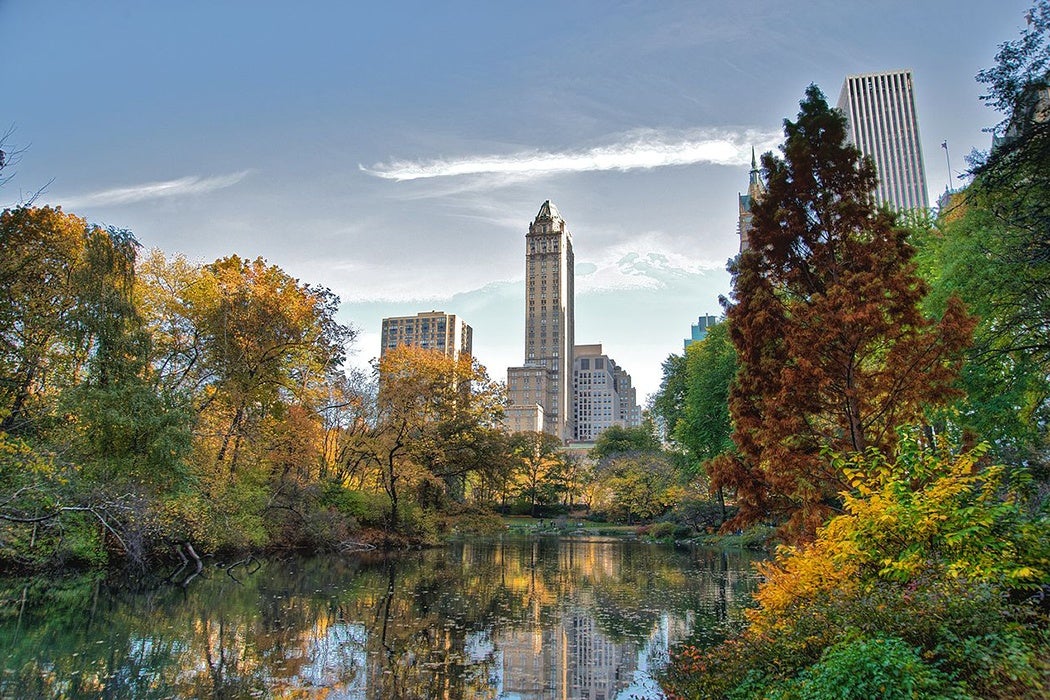Struck by something naturally beautiful in an American city? Odds are that you have stumbled across the work of Frederick Law Olmsted.
Olmsted is credited with the design of New York’s Central Park and Brooklyn’s Prospect Park. But his influence was not limited to Gotham. The park systems of disparate cities across North America, from Boston, Buffalo, Detroit, Milwaukee, San Francisco, as well as university campuses such as Berkeley and Stanford, all contain the Olmsted touch.
Born to a prosperous family on April 26th, 1822, in Hartford, Connecticut, Olmsted dedicated his life to social reform, in which his park designs played an integral role. He was a journalist and he wrote a series of articles on the American South for the New York Times before the Civil War. There he argued that slavery was an economic hindrance to the region’s development.
During the Civil War he worked on administering medical assistance to Union soldiers, and later was a co-founder of The Nation, a publication which became known for its leftist views. Olmsted himself, however, was no unwavering leftist. He was a believer in hierarchy, deference, and skilled learning. Those views are reflected in his landscape design. His Central Park was to be an ordered oasis for the city’s social classes to come together and enjoy nature.
He regularly fought the city’s Irish-American politicians who saw the park as a vehicle to expand patronage and wished to add amusements like zoos to entertain voters. Today’s Central Park includes both elements of Olmsted’s design, with flora and trees intended to flower decades later, and concessions to political pressure, such as carousels and zoos for the masses. It also includes softball fields, an innovation Olmsted would probably have questioned, considering his long-term opposition to creating space for athletic amusements.
Olmsted dabbled in political philosophy. While a well-traveled man, he was concerned about the social and cultural implications of rootlessness. The untamed frontier, he wrote, encouraged cultural backwardness in American life. He was no fan of immigrants, who he blamed for coarsening the culture, particularly in their support for urban political machines. By contrast, the gentle urban park, open to all, imbued its visitors with a quiet appreciation of nature. It was a vision open to the educated and uneducated alike. Olmsted’s vision of the urban park reflected the ideal of the genteel society, something he wanted woven into the fabric of the American city.







